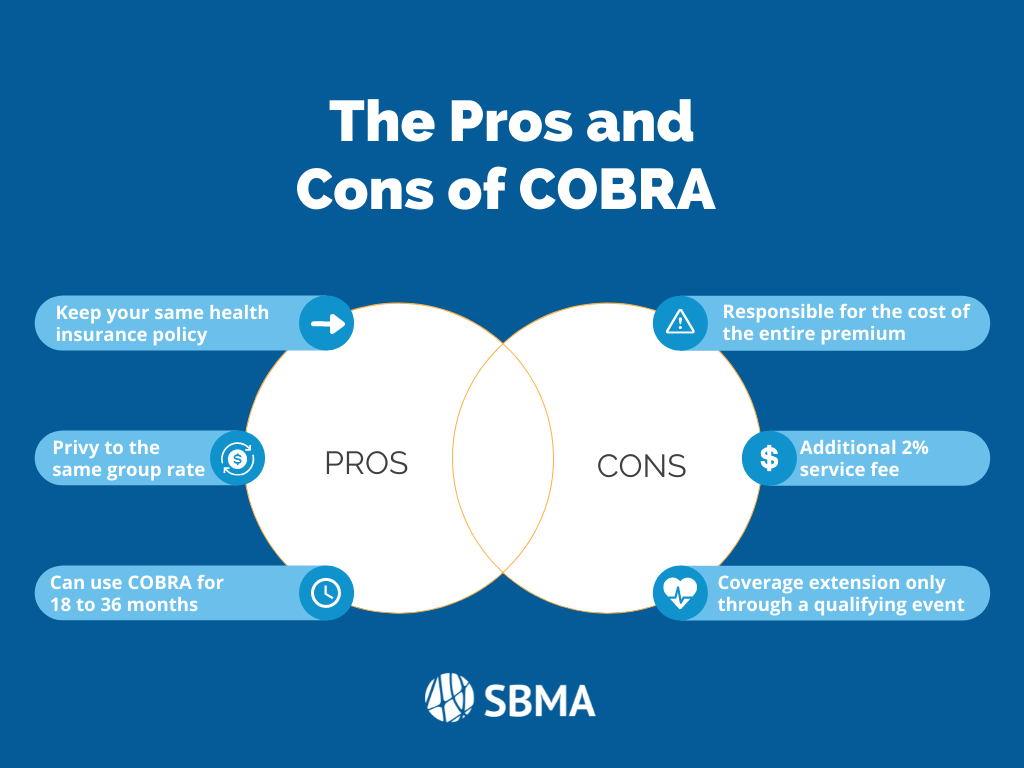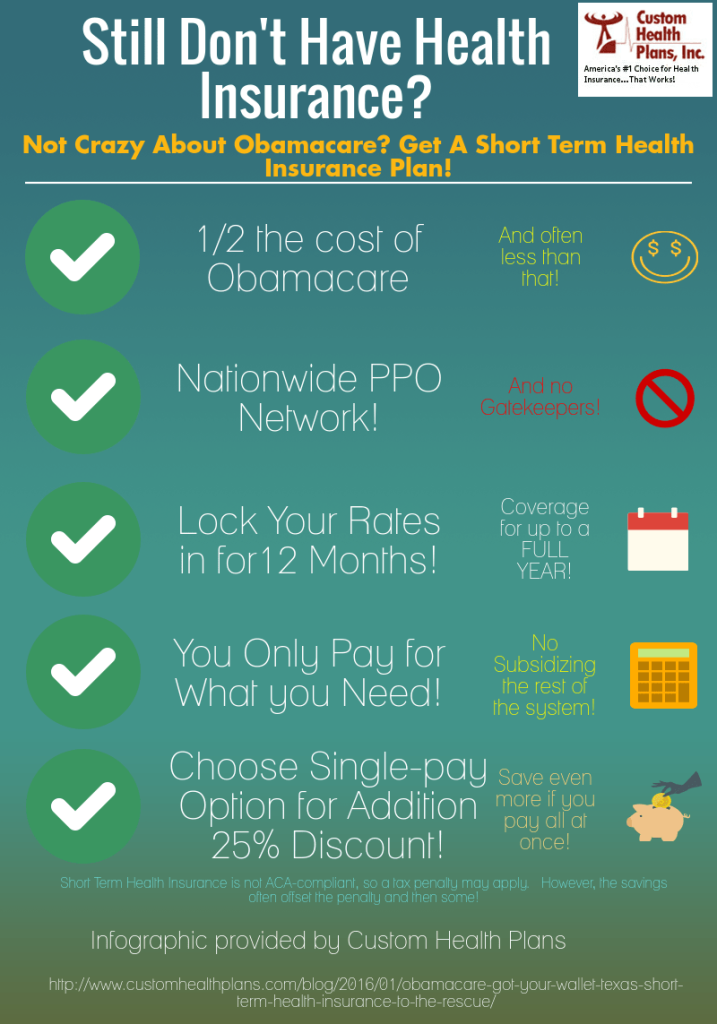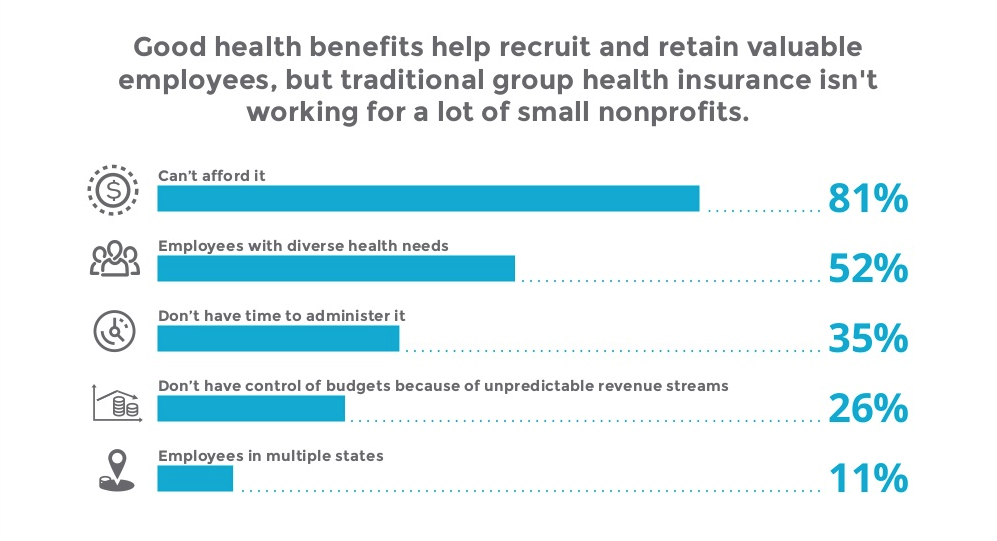What Does Medicare Advantage Agent Mean?
Little Known Questions About Medicare Advantage Agent.
Table of ContentsThe Greatest Guide To Medicare Advantage AgentThe Single Strategy To Use For Medicare Advantage AgentThe Basic Principles Of Medicare Advantage Agent


follows from adheres to the relatively young fairly profile of the uninsured with the better healthMuch better wellness average, standard younger personsMore youthful For those without access to office health insurance coverage, inadequate wellness is a prospective barrier to buying nongroup insurance coverage due to the fact that such insurance coverage might be extremely valued, omit pre-existing problems, or be just unavailable. Unless or else noted, nationwide estimates of individuals without wellness insurance coverage and percentages of the populace with different kinds of coverage are based on the CPS, the most widely made use of source of quotes of insurance protection and uninsurance prices.

Medicare Advantage Agent Things To Know Before You Get This
Over a three-year duration starting early in 1993, 72 million people, 29 percent of the united state populace, were without insurance coverage for a minimum of one month. Within a solitary year(1994), 53 million people experienced at the very least a month without protection(Bennefield, 1998a). Six out of every ten uninsured grownups are themselves used. Although working does boost the likelihood that and one's member of the family will certainly have insurance coverage, it is not a guarantee. Also participants of family members with 2 full time breadwinner have nearly a one-in-ten opportunity of being without insurance (9.1 percent uninsured rate)(Hoffman and Pohl, 2000 ). The partnership in between wellness insurance and access to care is well established, as recorded later on in this phase. The connection in between wellness insurance coverage and health results is neither direct nor straightforward, a substantial clinical and wellness services research study literature web links health and wellness insurance protection
to improved enhanced accessibility care, better qualityTop quality and improved enhanced individual population populace statusStanding For instance, the 2nd report, on personal wellness results for uninsured grownups, is represented by the inner circle of the number, while the 3rd report, on household well-being, includes the topics of the 2nd report yet stresses a different device of analysis, particularly, the family. The 6th record in the series will provide details concerning strategies and campaigns carried out locally, statewide, or across the country to resolve the absence of insurance coverage and its negative impacts. Levels of analysis for taking a look at the effects of uninsurance. This discussion of medical insurance coverage concentrates largely on the U.S. populace under age 65 since virtually all Americans 65 and older have Medicare or various other public protection.
It concentrates especially on those without any kind of health insurance policy for any length of time. The problems faced by the underinsured are in some areas comparable to those dealt with by the without insurance, although they are normally much less extreme. Uninsurance and underinsurance, nonetheless, entail definitely different policy problems, and the techniques for resolving them may vary. Throughout this research study and the 5 reports to follow, the primary emphasis gets on persons without any medical insurance and therefore no support in spending for health treatment beyond what is readily available through charity and safety and security net institutions. Medical insurance is a powerful aspect affecting invoice of treatment since both clients and doctors react to the out-of-pocket rate of services. Health insurance policy, however, is neither required nor enough to access to medical solutions. However, the independent and direct result of wellness
insurance policy coverage on access to wellness solutions is well established. Others will certainly obtain the wellness treatment they need even without health insurance policy, by spending for it out of pocket or seeking it from suppliers that provide care cost-free or at very subsidized rates. For still others, medical insurance alone does not ensure invoice of care due to other nonfinancial obstacles, such as a lack of healthcare providers in their area, restricted accessibility to transport, illiteracy, or linguistic and social distinctions. Formal research study about uninsured populations in the USA dates to the late 1920s and very early 1930s see post when the Committee on the Expense of Healthcare generated a collection of records regarding financing doctor workplace brows through and hospital stays. This concern became salient as the varieties of clinically indigent climbed throughout the Great Depression. Empirical research studies continually support the link between accessibility to care and boosted wellness results(Bindman et al., 1995; Starfield, 1995 ). Having a normal resource of care can be thought about a predictor of access, as opposed to a straight action of it, when health outcomes are themselves utilized as accessibility signs. This extension of the notion of access measurement was made by the IOM Board on Keeping An Eye On Gain Access To to Personal Wellness Treatment Solutions(Millman, 1993, p. Whether moms and dads are insured appears to affect whether or not their youngsters receive care along with just how much careeven if the youngsters themselves have protection(Hanson, 1998). The health of moms and dads can impact their ability to care for their children and the degree of family members stress. Stressing over their children's access to care is itself a source of anxiety for parents. Three phases follow in this record. Phase 2 gives a summary of how employment-based health insurance policy, public programs and individual insurance coverage operate and connect to offer considerable however insufficient insurance coverage of the U.S. population. This consists of a review of historical trends and public laws influencing both public and personal insurance policy, a conversation of the interactions amongst the different sorts of insurance coverage, and an examination of why people move from one program to another or finish up
